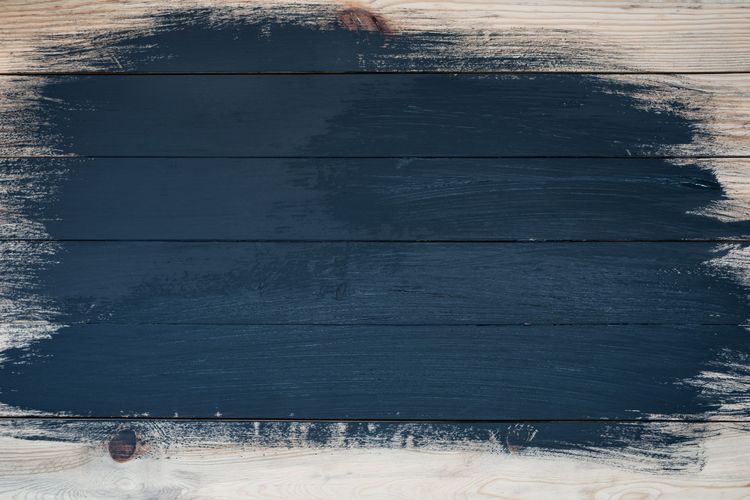Eco-Friendly Solutions in Wooden Floor Restoration

Restoring wooden floors is a rewarding process that brings out the natural beauty and charm of this timeless material. However, traditional restoration methods often involve chemicals and practices that may be harmful to both the environment and indoor air quality. Eco-friendly solutions are now becoming the preferred choice for homeowners and businesses seeking sustainable, health-conscious alternatives. This article explores sustainable materials and methods for repairing and restoring wooden floors, highlighting their environmental and health benefits.
Why Choose Eco-Friendly Restoration?
Opting for eco-friendly restoration methods goes beyond aesthetic appeal. Here are some compelling reasons to choose sustainable solutions:
- Environmental Responsibility: By using non-toxic products and sustainable materials, you reduce your carbon footprint and contribute to environmental conservation.
- Improved Indoor Air Quality: Traditional restoration materials can release volatile organic compounds (VOCs), which negatively affect air quality. Eco-friendly alternatives minimize these emissions.
- Durability and Longevity: Sustainable products and methods often enhance the durability of wooden floors, reducing the need for frequent repairs or replacements.
- Health Benefits: Eco-friendly products are safer for families, pets, and restoration professionals, minimizing exposure to harmful chemicals.

Sustainable Materials for Wooden Floor Restoration
The choice of materials plays a significant role in ensuring an eco-friendly restoration process. Here are some sustainable options:
- Low-VOC Finishes Conventional finishes often contain high levels of VOCs, which can be detrimental to health and the environment. Low-VOC or zero-VOC finishes, such as water-based polyurethane or natural oil finishes, are excellent alternatives. They provide a durable and protective layer without releasing harmful fumes.
- Natural Oils and Waxes Natural oils, like linseed, tung, and hemp oil, are biodegradable and non-toxic. They penetrate the wood’s surface, enhancing its natural beauty while providing protection. Beeswax and carnauba wax are also popular choices for adding a soft, natural sheen to wooden floors.
- Reclaimed Wood For significant repairs or replacements, using reclaimed wood is a sustainable choice. Salvaged from old buildings or furniture, reclaimed wood reduces waste and preserves the character of your floors.
- Eco-Friendly Sanding Options Dust-free sanding systems and biodegradable sanding pads are eco-conscious alternatives to traditional sanding practices. These methods reduce waste and improve air quality during the restoration process.
Sustainable Restoration Methods
Beyond materials, the methods used in restoration also impact the environment. Here are some eco-friendly practices to consider:
- Minimal Sanding Sanding can remove years of wear and damage but also generates significant waste. Instead of aggressive sanding, consider spot treatments or recoating techniques that preserve more of the original wood.
- Reuse and Repair Rather than replacing damaged planks, repair them using wood fillers made from natural resins or sawdust mixed with eco-friendly adhesives. This approach minimizes waste and retains the floor’s original material.
- Sustainable Cleaning Practices Prior to restoration, cleaning the floor with natural, biodegradable cleaning agents ensures the removal of dirt and grime without harming the environment.
- Energy-Efficient Tools Use tools and equipment designed to minimize energy consumption. For example, electric sanders with high-efficiency dust collection systems reduce energy use and improve air quality.
Benefits of Eco-Friendly Wooden Floor Restoration
Embracing sustainable restoration practices offers numerous advantages:
- Enhanced Durability: Eco-friendly finishes and methods often extend the life of wooden floors, reducing the need for frequent restoration.
- Aesthetic Appeal: Natural oils and waxes enhance the wood’s natural beauty, creating a more authentic and timeless look.
- Cost Savings: While some eco-friendly materials may have a higher upfront cost, their durability and lower maintenance requirements save money in the long run.
- Environmental Impact: By reducing waste and chemical use, eco-friendly restoration helps preserve natural resources and protect ecosystems.
- Health and Safety: Safer products and methods reduce the risk of respiratory issues, skin irritation, and other health concerns.

Tips for Choosing an Eco-Friendly Professional
If you’re hiring a professional for wooden floor restoration, ensure they align with your sustainability goals. Ask the following questions:
- Do they use low-VOC or natural products?
- Are their methods designed to minimize waste and energy consumption?
- Do they have experience with sustainable restoration practices?
Conclusion
Eco-friendly wooden floor restoration combines the beauty of natural wood with the principles of sustainability and health-conscious living. By choosing sustainable materials and methods, you can achieve stunning results while protecting the environment and enhancing indoor air quality. Whether you’re a homeowner or a business owner, embracing eco-friendly practices ensures that your wooden floors remain a durable, elegant, and responsible choice for years to come.



